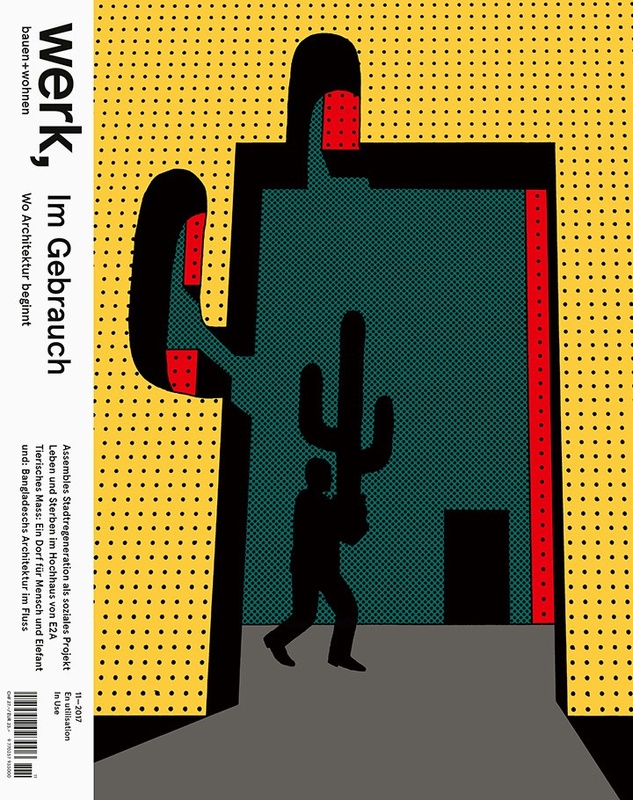werk, bauen + wohnen 11-2017

It cannot be said that architects today underestimate the function of buildings. But in contrast to the function — which is defined by the client in the brief, by politicians through legislation or by lobby groups through regulations — the way a building is used is not derived from the idea but from the built reality. The fact that, as a rule, over its entire lifespan a building escapes from the control of architects makes their authorship seem relative. And in making use of a building the users often
mercilessly expose its small weaknesses or major defects.
An architecture of use is always an “architecture from the bottom-up”. It can be reached on the one hand by buildings that are
directly formed by the body — which could even be the body of an elephant — and on the other of the reverse case: as neutral structures that remain open for different forms of appropriation and interpretation — as containers in which the way people use them is inscribed. In both cases the focus on use gives architecture a legitimacy that has little to do with its autonomy.